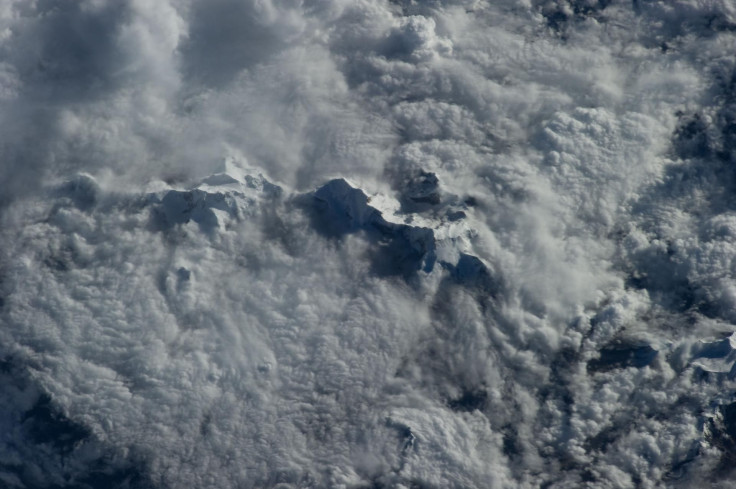Rain Can Move Mountains: Exciting Breakthrough Finds Raindrops Can Bend Hillslopes
KEY POINTS
- Study finds that rain has a significant role in the evolution of mountainous landscapes
- The result could solidify the argued connection among cosmic, atmospheric and land processes
- Findings become useful in gauging the possible impact of climate change
Rainfall has a vital role in shaping mountains not only because it can make river tear rocks apart faster but because it can effectively pull mountains by sucking the rocks out of the Earth, a new study has found.
There are two arguments that exist as to how rain shapes landscapes. One is that rain makes rivers flow violently, breaking apart rocks beneath it faster than how erosion normally takes place. The second argument is that rain can tear apart landscapes by sucking rocks out of the Earth, rapidly pulling mountains up from the surface.
The study published in Science Advances aims to put an end to this debate. The team of researchers used cosmic clocks within sand grains to measure the speed at which rivers gradually destroy rocks underneath over millions of years.
The subject of their research was the landscapes in the central and eastern Himalaya of Bhutan and Nepal. The location is integral because the region is among the most-studied landscapes when analyzing Earth’s erosion.
The researchers compared the measurements they obtained from the rivers with the different terrain formation in the area. They tried out different numerical models but ultimately found one that showed a connection among cosmic, atmospheric and land processes.
“When a cosmic particle from outer space reaches Earth, it is likely to hit sand grains on hillslopes as they are transported toward rivers. When this happens, some atoms within each grain of sand can transform into a rare element,” Dr. Byron Adams, lead author and a researcher from the University of Bristol, said in a press release.
“By counting how many atoms of this element are present in a bag of sand, we can calculate how long the sand has been there, and therefore how quickly the landscape has been eroding. Once we have erosion rates from all over the mountain range, we can compare them with variations in river steepness and rainfall,” Adams further explained.
Based on the connection they saw among cosmic, atmospheric and land processes, they concluded that not only rain makes erosion faster by flowing rapidly into the rivers, but rain is also capable of sucking rocks up from the Earth to effectively pulling mountains up.
The result of the study also becomes useful in gauging the possible impact of climate change on mountains, valleys and other landforms. On a larger scope, their findings become significant in safeguarding humans against environmental disasters.
For instance, in the case of the Himalayas, the study can serve as a sound basis when assessing the impact of land use management and infrastructure projects in the area. Himalaya is the location of dams and important hydropower projects. If rain can undermine hillslopes as seen in the study, it could suggest that the area is prone to floods and landslides.
Moving forward, Dr. Adams said the study could help in understanding how rivers and volcanoes affect each other in the past. In understanding such processes, people could anticipate the consequences of future volcanic eruptions.

© Copyright IBTimes 2024. All rights reserved.











